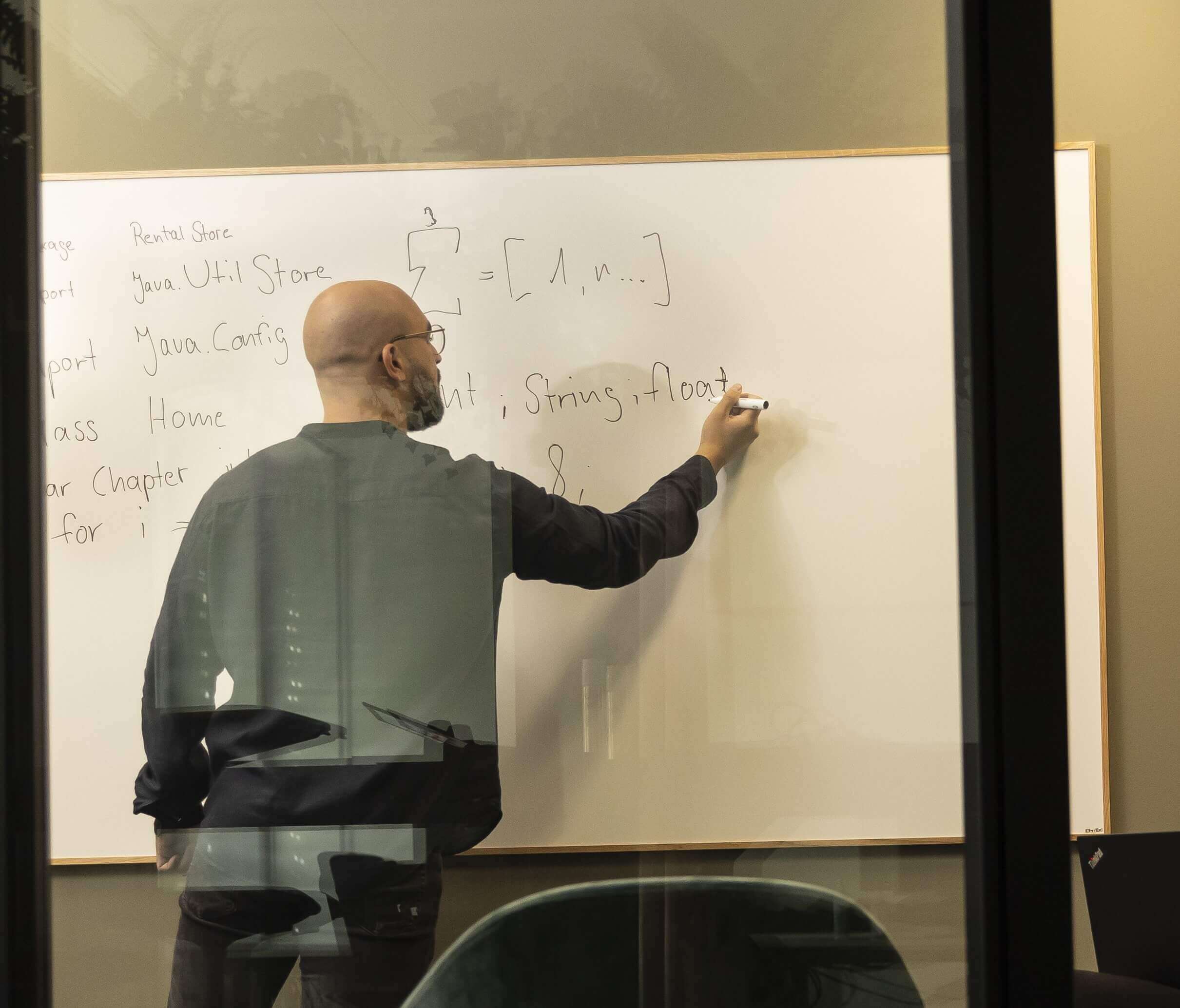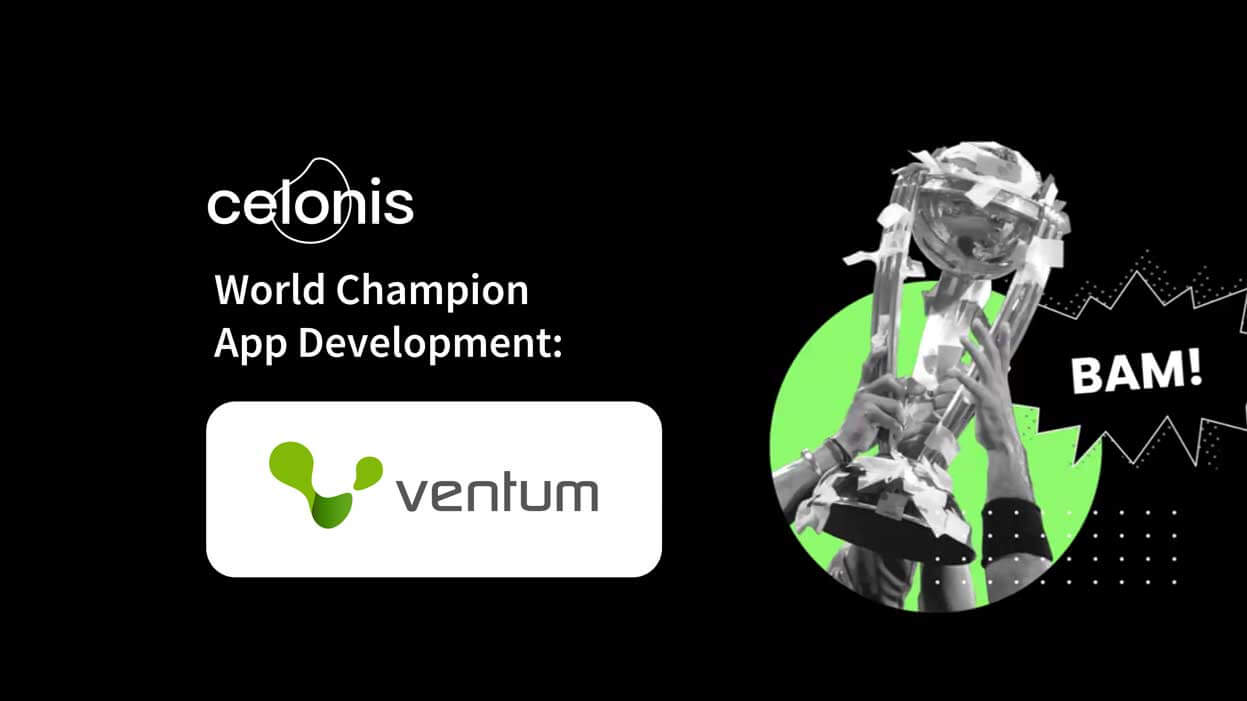- Veröffentlichung:
09.04.2024 - Lesezeit: 4 Minuten
AI-based optimization in production
Industry: Commercial vehicle OEM | Period: 1 year | Team size: 4 consultants
In this pilot project for our client from the automotive sector, Ventum Consulting was faced with the challenge of improving the efficiency of a production line through the use of data analytics and artificial intelligence. To this end, we were able to identify the bottlenecks in the processes and use a data-driven simulation to show how plant capacity utilization could be significantly increased.
By using real-time data in conjunction with an AI-supported simulation, we have created the conditions for dynamic adaptation of production processes. This meets the complex requirements of the individual production program and at the same time ensures the highest possible capacity utilization of the systems.
The Challenge:
- Identification of production bottlenecks: A prerequisite for increasing efficiency is the clear identification of existing bottlenecks as part of a process analysis. This is complex, as the bottlenecks can depend on the production program and other factors in addition to the systems themselves. In addition, the available data quality plays a key role in determining the analysis options.
- Increasing volume through optimized machine loading: Once the bottlenecks have been identified, the problem areas need to be optimized. This requires an in-depth understanding of the processes, precise coordination of the production systems, adaptation to real-time data streams and the ability to react quickly to changes.
- Use of live data in optimization: To optimize production processes, it is essential to link live data to calculate real-time decision aids. Streaming the required data from the relevant systems can be a challenge.
- Integration of a distributed development model involving offshore teams: Coordination across different time zones and cultures makes communication and project management more difficult.
The Success Journey:
- Identification of bottlenecks: By analyzing the current situation in the production plant, we specifically identified critical areas in order to improve processes and thus increase plant capacity utilization and production volumes. To this end, we carried out a process survey and analysis on site to ensure an in-depth understanding of the processes. Our iterative approach ensured a common understanding among all stakeholders at all times.
- Data-based solution for more output: To optimize the bottlenecks, we have demonstrated a potential increase in plant utilization and production volume. This was done using data analysis, AI and mathematical optimization. The lever in this case was the optimization of the feeding of one of the production systems.
- Weighing up different solution approaches: In addition to developing our own AI-based solution for feed optimization, we evaluated several existing solutions and providers. Ultimately, we decided to develop our own solution due to its complexity.
- Real-time decision support from production data: Using AI-based simulation and incorporating real-time production data, we have developed a real-time decision aid. This draws on production data from the plant network and the cloud to generate tailored adjustments to processes.
- Implementation with global development: Despite challenges in distributed teamwork, the integration of an offshore team meant that the project implementation was both cost-efficient and met the technical requirements.
The Impact at Launch:
- Increase output by more than 5%: The solution we developed can increase production volumes by over 5% thanks to the AI-based optimization approach. It therefore offers a cost-effective alternative to interventions in production processes with a comparable effect.
- Increase output in critical situations by around 8%: Through our deep understanding of critical production processes and the ability to implement effective solutions, we achieve maximum values of 8% output increase especially in critical situations (such as particularly high capacity utilization).
- Development of the client’s employees: Our consultants worked very closely with the client’s employees. In addition to the results in production volume, we were also able to initiate a transfer of know-how and thus ensure the sustainable implementation of the project at the customer.
What is your next project?
Are you facing a similar challenge and would like to talk to our experts in the field of digital engineering and PLM consulting without obligation? Then get in touch with us today.
Author
Lucas Baumann
Senior Consultant at Ventum Consulting and team member in this project


